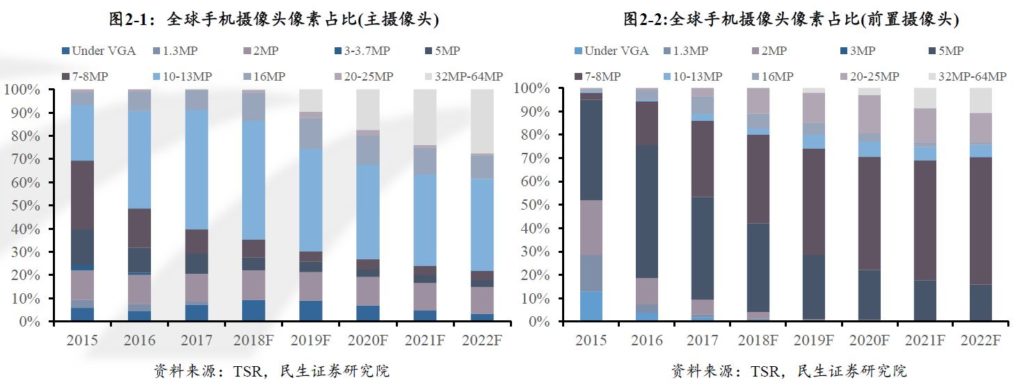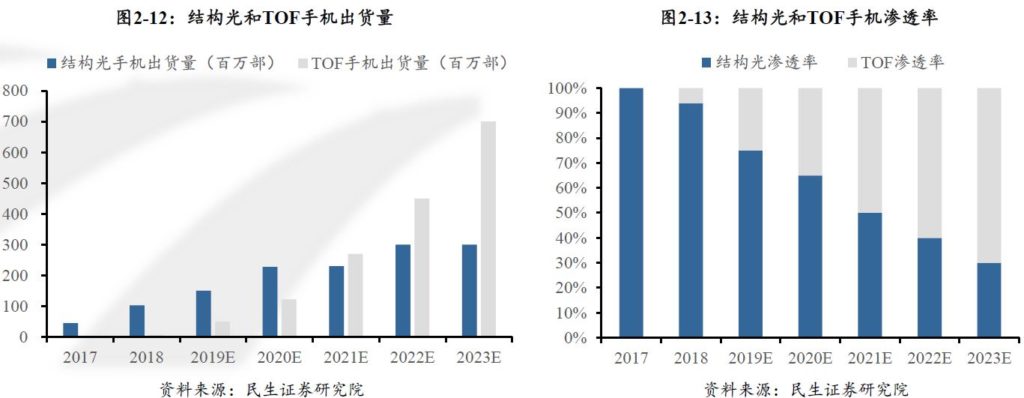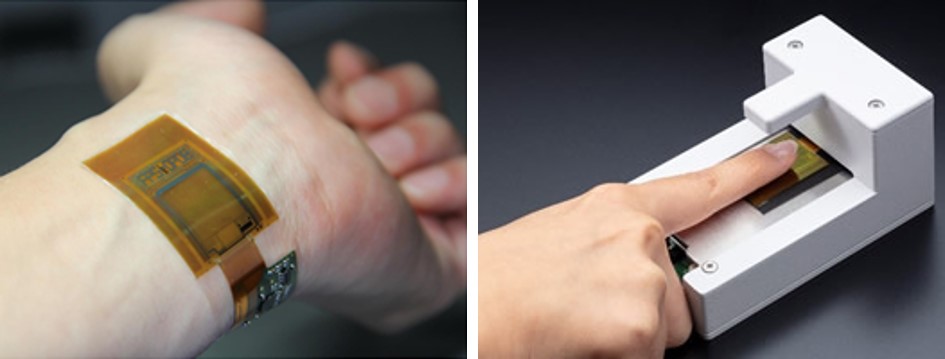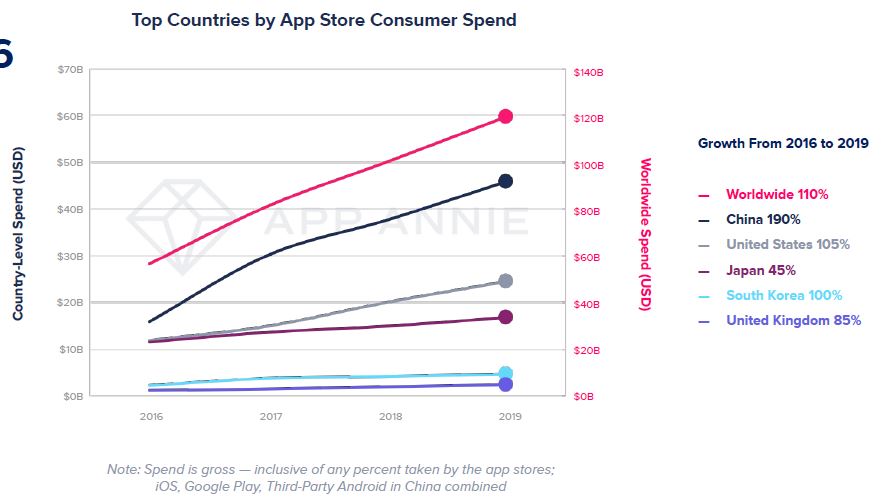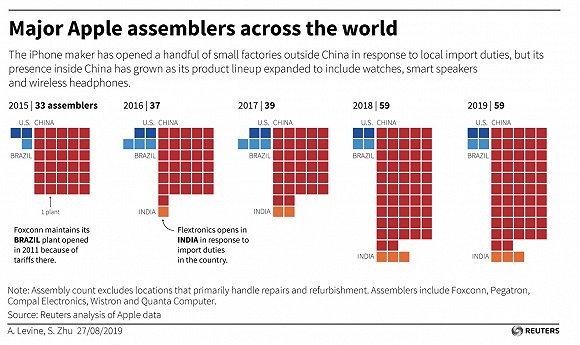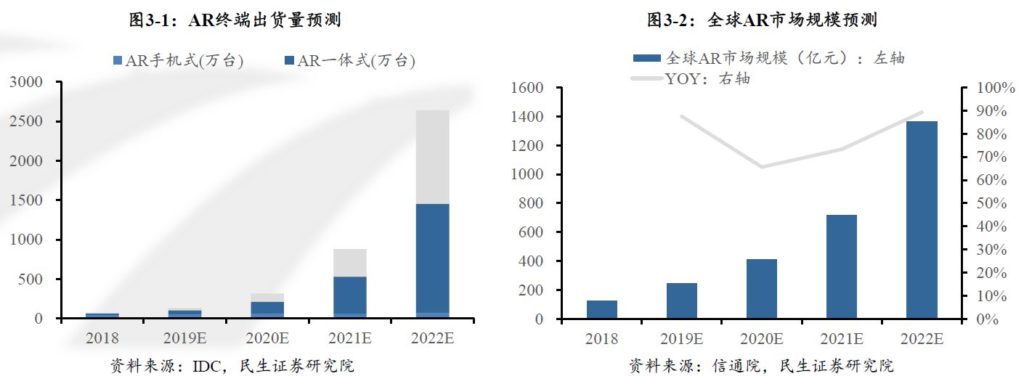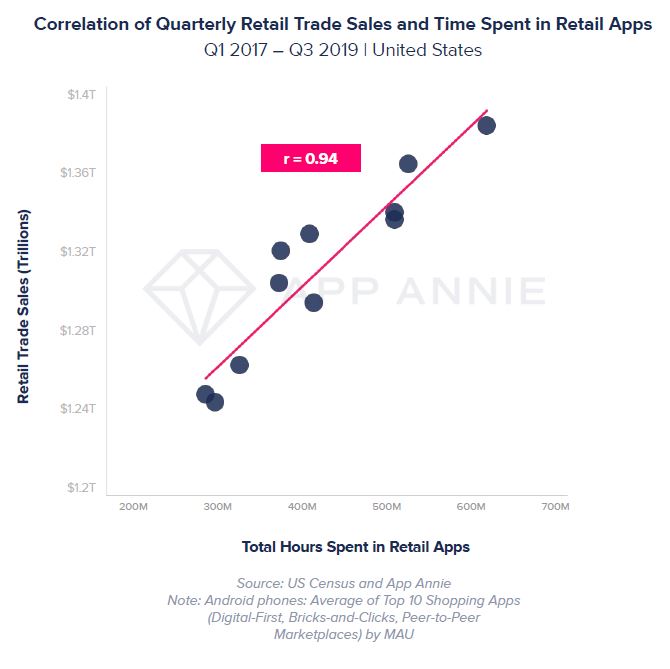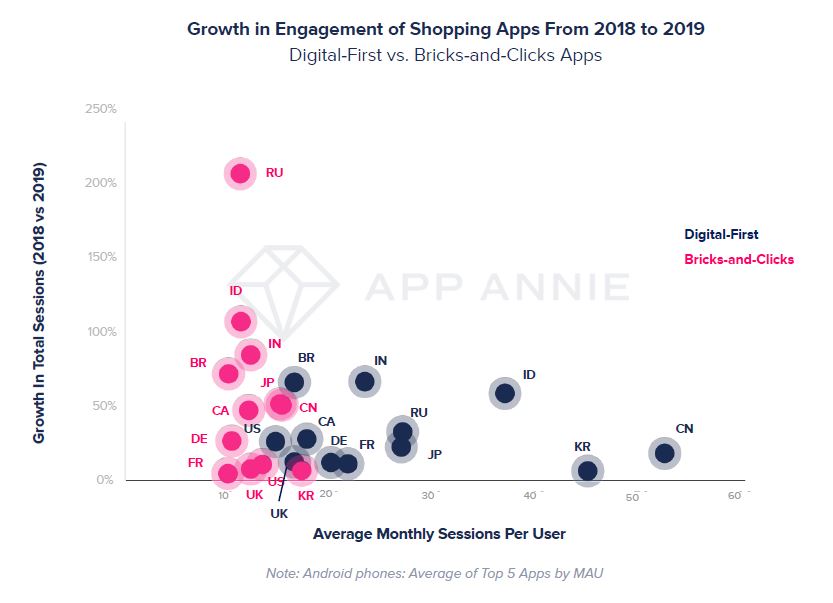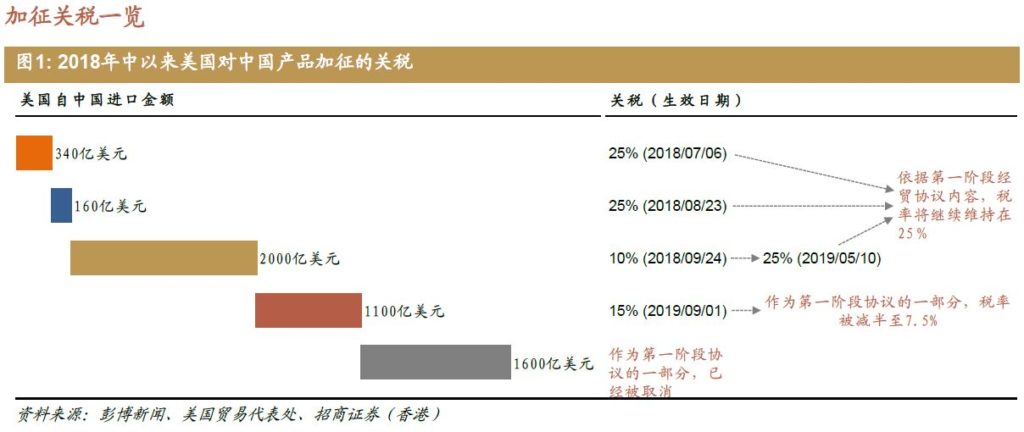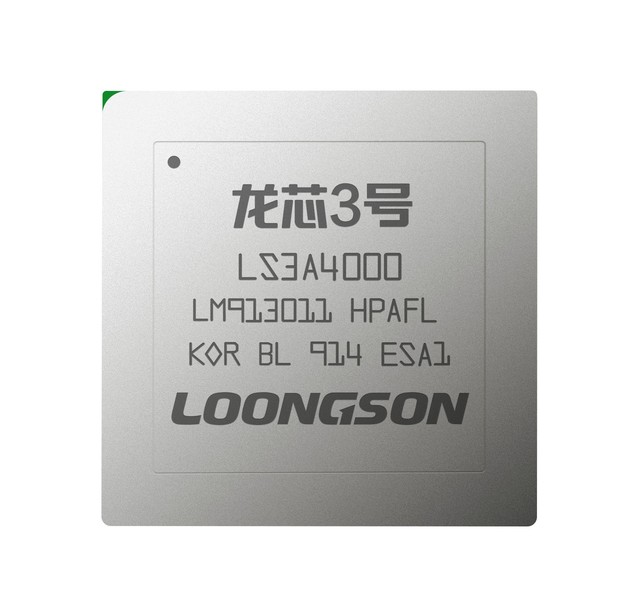
1-22: JDI has developed the world’s first ultrathin image sensor that measures fingerprints, veins and pulse waves; Xiaomi’s plan for 2020 includes a big emphasis on Western Europe due to them gaining plenty of traction there; etc.
Chipsets
Market speculation is emerging that Qualcomm might lower quotes for midrange 5G chip solutions thanks to improved yield rates at foundry partner Samsung Electronics, but industry sources have said it could just be a rumor made up by handset vendors seeking to force major 5G chip suppliers to cut prices. In 2019, 4G mobile SoC commanded only 6-9% of the total cost for a 4G handset with a price tag of USD300-400, but the cost percentage will sharply surge to 15%-20% for 5G SoC, with other innovative designs and applications also involving higher costs for 5G handsets. (Digitimes, press, Sohu)
Loongson Technology has announced the establishment of 6 teams responsible for the R&D of the 3A5000, 3C5000, 7A2000 and the 2K2000 processors, as well as the R&D of GPU and PCIe, meaning it will enter the GPU field for the first time. (CN Beta, CN Tech Post)
TSMC is supposedly increasing quarterly output of Apple’s in-house designed chips, including the A13 Bionic that was introduced with iPhone 11 and iPhone 11 Pro Sept 2019. (Bloomberg, Apple Insider, CN Beta, Mac Rumors)
Touch Display
OPPO has filed for a smartphone patent that has the selfie camera on the narrow top bezel. In this design, the bezel above the display has been made a little bigger to accommodate the selfie camera. (GizChina, 91Mobiles)
Samsung’s patent shows the display housing a very subtle cutout on the top-right side in the bezel. This cutout houses the front-facing camera sensor and another sensor, which could be a secondary camera or a depth sensor. (CN Beta, 91Mobiles)
President of nubia, Ni Fei has publicly stated that the Red Magic 5G has completed the 144Hz screen refresh rate debugging and will have four gear refresh rates of 60 / 90 / 120 / 144Hz to choose from. Lu Weibing, general manager of Redmi brand, has also shown a demo video of Redmi K30 5G, indicating that K30 5G also passed the 144Hz refresh rate test. (My Drivers, Sina, QQ, Engnews24h)
Camera
Honor’s marketing manager Shen Kailang has indicated that the image sensor can achieve 100MP resolution, yet the pixel size is difficult to breakthrough 0.8μm. Both Honor and Sony believe that a pixel size of μm or more can ensure the flagship sensitivity and image quality requirements. He has also revealed that in 2020, the Honor flagship will firmly choose the direction of large pixels. (My Drivers, 36Kr)
Currently there is a huge gap between demand and supply for camera image sensor (CIS) chipset. Sony, Samsung, OmniVision have announced a recent price increase of 10% -20%, and will expand the market size by 5-10 times by 2025. SK Hynix has just entered the field. CIS has lower requirements for silicon wafers. The certification period is short and only takes more than 1 month. Soochow Securities expects large-scale production expansion for insufficient production capacity of CIS will begin from 1Q20. The wafer usage of CIS will be very large. (Soochow Securities report)
According to Minsheng Securities, the resolution upgrade of the main camera and the front camera of the mobile phone will accelerate in 2019-2020. The 40MP / 48MP has become mainstream, 64 MP and 180MP will quickly penetrate in 2021-2022. (Minsheng Securities report)
According to Minsheng Securities, the penetration of TOF in 3D Sensing continues to increase, and it will usher in explosive growth. TOF penetration in 3D sensing is 25% in 2019 and is expected to reach 35% in 2020. (Minsheng Securities report)
Memory
Yangtze Memory Technology (YMTC) is ramping up its chip output for applications requiring embedded storage and SSD solutions in 2020, and has built partnerships with companies including flash device controller suppliers and memory module makers. YMTC’s ecosystem partners include Marvell, Longsys Electronics, Goke Microelectronics, Maxio Technology and Unionmemory Information System, Adata Technology, Phison Electronics and Silicon Motion Technology. (Digitimes, press, 33JJ)
Biometrics
Japan Display Inc (JDI) has developed the world’s first ultrathin image sensor that measures fingerprints, veins and pulse waves. The 15µm thick sensor is as thin as paper and features both high-speed readout and high-resolution imaging capabilities. (Engadget, JDI)
Phone
Xiaomi CFO Chew Shouzhi has revealed that Xiaomi is planning to make a huge push for the 5G market in China in 2020. He has also claimed that the Xiaomi’s plan for 2020 includes a big emphasis on Western Europe due to them gaining plenty of traction there. (Gizmo China, Bloomberg, TechWeb)
According to App Annie, games now make up 72% of all app store spend. Subscriptions in non-gaming apps fueled growth in spend, from 18% share in 2016 to 28% in 2019. China remains the largest market, making up 40% of global spend. Spend in both mobile gaming and non-gaming mobile subscriptions has fueled growth in mature markets like the US, Japan, South Korea and the UK. By 2023, the mobile industry is set to contribute USD4.8T to global GDP. (App Annie report, App Annie report)
Wistron plans to start ramping up output, including smartphones, from its third plant in India after kicking off trial production at the plant in Nov 2019, according to company chairman Simon Lin. Wistron’s established 2 plants in India, both located in Bengaluru, reportedly have been producing Apple iPhone SE and iPhone 6s devices for sale in the local market. The third plant, located in Narasapura, will also undertake the production of iPhone devices initially, boosting Wistron’s overall production capacity significantly in India. (Digitimes, press, Mac Rumors)
Augmented / Virtual Reality
Minsheng Securities predicts that augmented reality (AR) device shipments will be close to 26.4M units in 2022, and the shipment growth rate during 2018-2022 will be approximately 146%. The growth rate of standalone and mainframe type is much faster than that of mobile phones, which is expected to become AR main form factor. The AR market size would reach CNY100B. It is expected that the global AR market size will exceed CNY45B in 2020, and the average annual compound growth rate of the global AR industry size from 2018 to 2022 will exceed 77%. (Minsheng Securities report)
Automotive
UK-based self-driving tech R&D organization Capri Mobility is working on an autonomous vehicle experiment of its own. Capri’s current trial is taking place at the Mall at Cribbs Causeway in Bristol, and its current aim is to offer shoppers the chance to “experience autonomous vehicles” and learn more about the technology in use. (CN Beta, Techspot)
Artificial Intelligence
IBM formally announced the IBM Policy Lab — an initiative aimed at providing policymakers with recommendations for emerging problems in technology. (VentureBeat, Technology Review)
E-Commerce
According to App Annie, the strong correlation (r-value of 0.94) between total retail sales (online and in-store) and time spent in Shopping apps indicates that not only are consumers turning to mobile to shop, but retailers are enhancing mobile experiences to better serve all phases of the buying journey — whether a user is browsing, checking out, facilitating pickup, or tracking their purchase. (App Annie report, App Annie report)
According to App Annie, Bricks-and-Clicks apps saw strong gains in total sessions year over year, often out-pacing Digital-First apps in their respective markets, a notable change from past years. However, among markets analyzed, Digital-First apps still had up to 3.2x more average monthly sessions per user than Bricks-and-Clicks apps in 2019. (App Annie report, App Annie report)
Economy
On 15 Jan 2020, Chinese Vice Premier Liu He and U.S. President Trump officially signed the first phase of the China-US economic and trade agreement at the White House in Washington, marking a temporary cease-fire in the China-US trade war that lasted nearly 2 years. The main contents of this preliminary agreement include: 1) China will increase imports from the United States in 2017 over the next 2 years and purchase additional USD200B worth of US goods. According to data from the National Bureau of Statistics, China’s imports from the United States in 2019 were USD122.3B. 2) China will severely crack down on the abuse of intellectual property rights. 3) China has made certain commitments on macroeconomic policies and exchange rate mechanisms, for example, it will not implement a competitive devaluation of the CNY currency. 4) The United States has made a limited reduction in punitive tariffs on Chinese goods exported to the United States. (CMS report)



